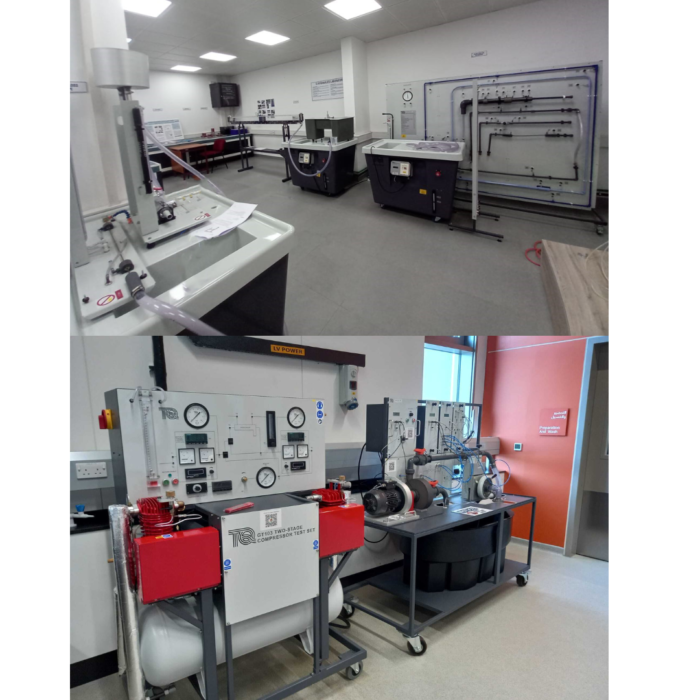Dyslexia – affects approximately 10% of the population, is most commonly due to genetics and is neurological in origin. The dyslexic brain, on average, is typically larger than the non-dyslexic brain and Jamie Oliver has one. Dyslexia is also highly correlated with average or above average ability levels and creativity.
If there is a best time in history to be dyslexic, it’s the 21st century and I don’t just mean spellcheck… The areas that can be affected by dyslexia such as reading, planning, organisation, timing, writing, memory and the speed with which we process information can all be helped by freely available internet apps as well as software. Most employees now are never more than a metre from a mobile phone or laptop and these devices can be enlisted to build a personal dyslexia support package. Many students and employees routinely use free apps such as Trello, Google Docs, Grammarly, electronic calendars, etc and there are countless other free and at cost apps that support other tasks. Microsoft and Apple, for example, provide accessibility features enabling dictation, read aloud functions, word prediction, contextual spelling and grammar checking integrated across multiple platforms … the list goes on and on.
Many people with dyslexia or dyslexic type differences also really benefit from a hands-on approach and favour practical methods to work through problem solving tasks. Often, we can learn best by seeing new skills demonstrated or a concept portrayed pictorially in order to grasp it or express it. Tinting the computer screen or working on coloured paper can ease visual distress or fatigue as does a slightly larger font size (12-14 point) and sans serif styles such as Arial and Comic Sans. We can take the load off our working memory by offloading information onto planning and organisational tools – or we may choose the old style notebook, Voice Recorder or Notes functions on devices to capture ideas as they pop up, to be revisited and organised later in the day.
Lastly, the most successful people are those that know how to identify, access and utilise support. If you are comfortable disclosing dyslexic type issues to your manager or teacher, it can be really helpful to make them aware of your needs as well as your strengths. It may be that you need a little more time to read through a report or prepare a presentation; ask supportive colleagues and peers to look over your written work.
These approaches are useful for everyone in order to optimise productivity and success, which leads to increased confidence in our ability and performance.
For those of us who are dyslexic, they may just make all the difference.
Kate Grailey
Education Consultant, Specific Learning Differences
Famous engineers and inventors who were dyslexic:
- Albert Einstein
- Alexander Graham Bell
- Michael Faraday
- Thomas Edison














